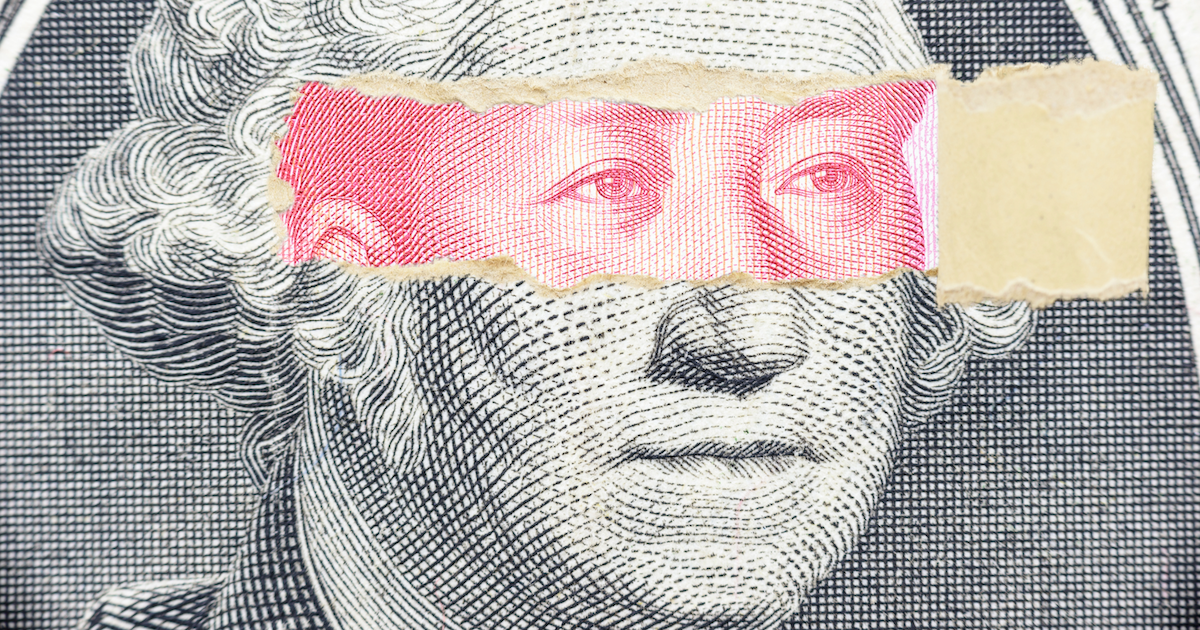
Chasing China: Learning to Play by Beijing's Global Lending Rules
Date Published
Nov 18, 2025
Authors
Bradley C. Parks, Sheng Zhang, Brooke Escobar, Katherine Walsh, Rory Fedorochko, Lydia Vlasto, Jacqueline Zimmerman, Julie Sickell, Emma Bury, Ameya Joshi, Lea Thome, Oshin Pandey, and Pavan Raghavendra Raja Manuri Venkata
Publisher
Citation
Parks, B. C., Zhang, S., Escobar, B., Walsh, K., Fedorochko, R., Vlasto, L., Zimmerman, J., Sickell, J., Bury, E., Joshi, A., Thome, L., Pandey, O., & Raja Manuri, V. P. R. 2025. Chasing China: Learning to Play by Beijing's Global Lending Rules. Williamsburg, VA: AidData at William & Mary
Abstract
China’s overseas lending and grant-giving portfolio remains shrouded in secrecy, with questions swirling about its true scale, purpose, and impact. Chasing China sets the record straight with a uniquely comprehensive and granular source of evidence. The authors of the report analyze the full range of projects and activities that Beijing has bankrolled in the developing and developed world since the turn of the century. They do so with AidData’s newly assembled China’s Global Loans and Grants Dataset, Version 1.0, which tracks 30,000 projects and activities across 217 countries financed with grants and loans from 1,193 Chinese official sector donors and lenders worth $2.2 trillion from 2000 to 2023.
The report demonstrates that China’s overseas lending portfolio is vastly larger than previously understood. However, its lending for Belt and Road infrastructure projects in the developing world accounts for a surprisingly small share (20%) of the overall portfolio. China’s lending operations in the developed world were previously assumed to be small and insignificant. But the authors find that the share of Beijing’s lending portfolio that supports high-income and upper-middle income countries has skyrocketed from 12% to 76%. Another major discovery is that Chinese state-owned creditors have bankrolled approximately 10,000 projects and activities in 72 high-income countries to the tune of nearly $1 trillion.
Beijing has effectively become the new global pace-setter, rewriting the rules and norms that govern the cross-border provision of aid and credit while forcing G7 policymakers to fundamentally rethink their strategy. Its approach to international lending was once a source of scorn, ridicule or bemusement in Western capitals. However, the U.S. and its allies are now seeking to compete with China via emulation rather than differentiation. Rather than continuing to voluntarily tie their hands and limit the provision of aid and credit to high-income countries, G7 countries are loosening the restrictions that prevent their development finance institutions and export credit agencies from supporting projects and activities in high-income countries. At the same time, they are shuttering or slashing the budgets of foreign aid agencies that focus on the needs of low- and middle-income countries.














